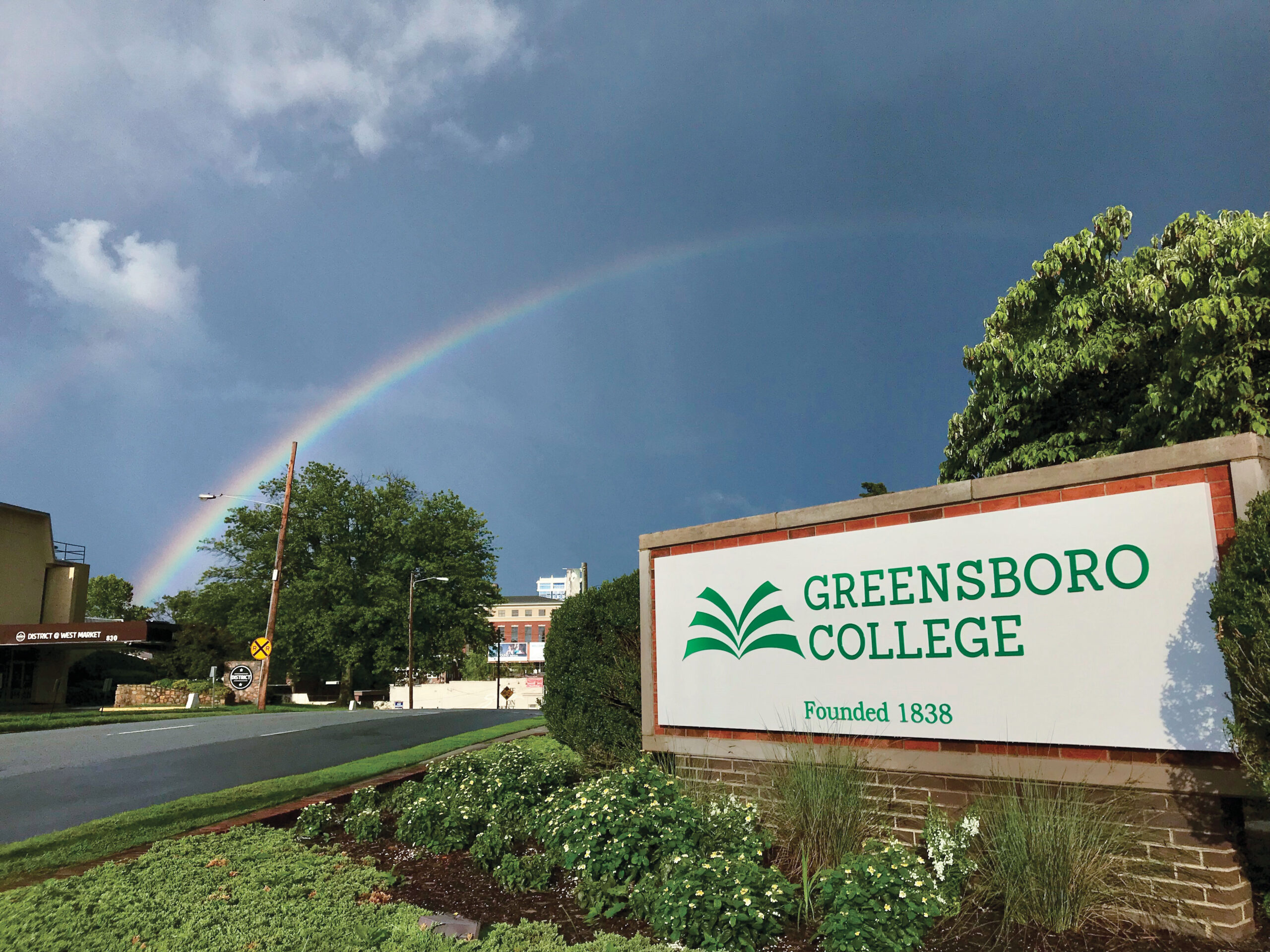
Path to Distinction
The Strategic Plan Goals for Greensboro College:
Vision: Greensboro College faculty, staff and students strive to think critically, act justly and live faithfully.
Mission Statement: Greensboro College, a liberal-arts institution grounded in Methodist tradition of inclusivity, encourages students to pursue a path toward their intellectual, personal, and spiritual goals in life, career, and community as leaders and advocates for a more just world.
The Four Pillars Upon Which the College’s Strategic Plan is Founded:
1. A LIBERAL-ARTS COLLEGE
At Greensboro College, the liberal arts develop a student’s ability to analyze and synthesize information and to think critically and logically, with the ability to communicate well both orally and in writing. With a balance between classroom and experiential learning, the liberal arts are well proven as the best possible broad preparation for both a successful career and a well-lived life of meaning, self-reflection, and service as a contributing citizen for both community and the world.
2. FAITH FORMATION
Founded in 1838 in the Methodist tradition of education, and as a pioneer in women’s higher education especially in the Southern United States, Greensboro College takes seriously the connection between faith and reason, and between faith and service. The college embodies this vision by embracing religious diversity and promoting inclusivity on our campus.
3. COMMUNITY
Greensboro College creates intentional efforts to develop and maintain an inclusive campus climate dedicated to appreciating varying identities and experiences, increasing access, and developing a sense of belonging among all community members.
4. A UNIVERSAL DESIGN FOR LEARNING ENVIRONMENT AT THE INSTITUTIONAL LEVEL
Seeking to support the learning diversity of all students, Greensboro College embraces the concept of UDL, an innovative approach in Higher Education where content, context and instruction benefit individual learning differences, to remove barriers so all students can be successful.
Universal Design for Learning (UDL) at its core is a comprehensive educational framework that removes barriers to student learning and academic success. The principles of UDL recognize that variance in learning ability and style among individuals is the norm and not the exception. Therefore, the curriculum should be adaptable to individual learning differences rather than the other way around.
Greensboro College is unique in higher education in embracing UDL throughout all aspects of the college at the institutional level, including all academic, student development, campus infrastructure, and resource programs and units. UDL is the vocabulary, architecture, and framework for successful academic and student development for GC as a small, private, church-related liberal arts college.
The term “universal” does not mean “one-size-fits-all.” Rather, it means that all learners despite their individual differences have an equitable ability to learn the same content and demonstrate mastery of that content by means that work best for them.
STRATEGIC PRIORITIES
Greensboro College has identified three strategic priorities as our focus for the next five years to grow and achieve distinction: Access, Academic Distinction and Sustainability.
ACCESS – Greensboro College will strengthen our campus community by fostering a healthier, more diverse and inclusive culture at all levels and in all areas. We will strive to decrease the financial burdens of our students by increasing financial support. Greensboro College wants to remain competitive as we seek the best fit students who will thrive and persist to graduation.
Goals
- ENHANCE INCLUSION – Offer opportunities and resources for equal access through programs such as UDL, DEI, faith formation, student engagement and physical access.
- EXPAND AFFORDABILITY– Increase affordability through a multi-pronged approach including such initiatives as strategic tuition pricing and use of financial aid, increasing scholarship funding, and expand use of cost-effective materials and resources.
- STRENGTHEN COMMUNICATION – Improve information flow across internal and external constituencies.
ACADEMIC DISTINCTION – Greensboro College will develop and promote student-centered distinctive academic programs that create innovative experiences and opportunities for students, which embrace effective and innovative pedagogy and strategies to enhance learning and student success. We will strive to strengthen recruitment, preparation, retention, graduation and career placement of our students.
Goals
- BROADEN ACADEMIC INNOVATION – Implement new teaching methods, development of new curricular offerings, and support existing programs.
- INCREASE DEGREE COMPLETION – Maximize programs that support student retention and persistence throughout the college experience.
SUSTAINABILITY – With the major economic and demographic challenges of our times, Greensboro College will strengthen our resources to ensure financial security. The College will provide a quality living and learning, safe and healthy environment for all its stakeholders.
Goals
- STRENGTHEN FINANCIAL POSITION – Strengthen financial position through enrollment growth and innovative programs.
- IMPROVE CAMPUS INFRASTRUCTURE – Continually seek opportunities to improve our environment: facilities, operations, policies and procedures.
- INVEST IN HUMAN CAPITAL – Increase opportunities for professional development and enhanced benefits in support of a quality workplace.

